Microsoft brings Content Integrity tools to EU, aims to combat misinformation
These tools are already available in the US
3 min. read
Published on
Read our disclosure page to find out how can you help Windows Report sustain the editorial team. Read more
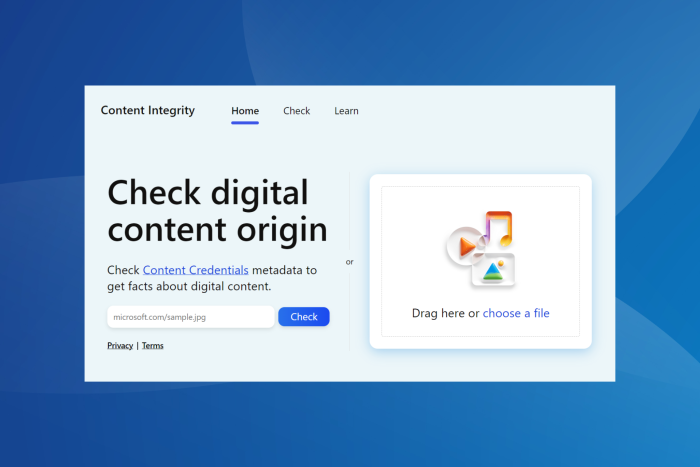
2024 is the election year, with over 60 countries heading to the polls. And this time around, misinformation is at its peak. Fake news, AI-generated images, videos, audio clips, and tampered media have become major problems. This is where Microsoft’s Content Integrity comes into the picture.
Initially released for U.S. political campaigns, Microsoft is now bringing the preview version of Content Integrity tools to the EU. These will help the electorate identify misinformation often found online.
Also, the Content Integrity tools will aid political campaigns and newsrooms, as these help the two verify whether the suspected misinformation available online is from their official channels or has been edited using AI.
Political campaigns and newsrooms can attach Content Credentials to their original media to ascertain the source and identify tampering attempts. Any changes made to the media can be verified through the editing history once Content Credentials are added.
Microsoft’s official blog enumerates the three components of Content Integrity:
1. An easy-to-use private web application available to political campaigns, news organizations, and election officials so they can add Content Credentials to their owned, authoritative content.
2. A private mobile application to capture secure and authenticated photographs, video, and audio by adding Content Credentials in real-time from a smartphone, developed in partnership with Truepic.
3. A public website for factcheckers and any member of the public to check images, audio, or videos for the existence of Content Credentials.
Trying Microsoft’s public Content Integrity website
So, as soon as Microsoft launched a Content Integrity website, we thought of testing its reliability. The results weren’t too impressive. But it was expected initially, given that most political campaigns across the globe have yet to integrate Content Credentials into their official media.
Upon running images from UK PM Rishi Sunak’s and US President Joe Biden’s official X (previously Twitter) handles, the publically available tool read, No Content Credentials found.
Then, we ran an AI-generated image from Copilot. This time, the tool was able to identify the image’s source and labelled it as, AI generated.
We expect better results from Microsoft’s Content Integrity as more political campaigns, candidates, and newsrooms attach Content Credentials to their media.
Released earlier this year, a report by The Center of Countering Digital Hate (CCDH) explains how Microsoft’s AI-based tools are used to spread misinformation during the elections.
Also, while Microsoft has denied threat actors access to its AI tools, it remains to be seen how effective this would be, especially in the biggest election year!
Have you tried Microsoft’s Content Integrity? If so, share your review with our readers in the comments section.
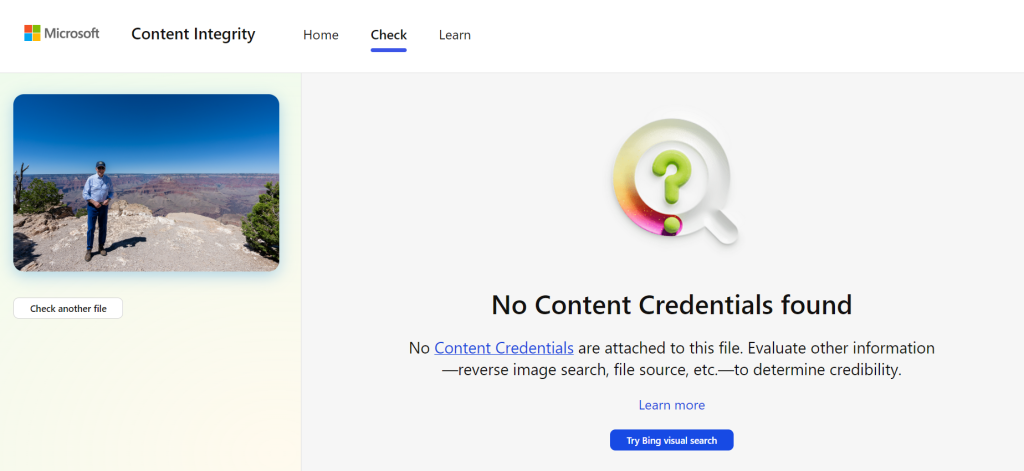
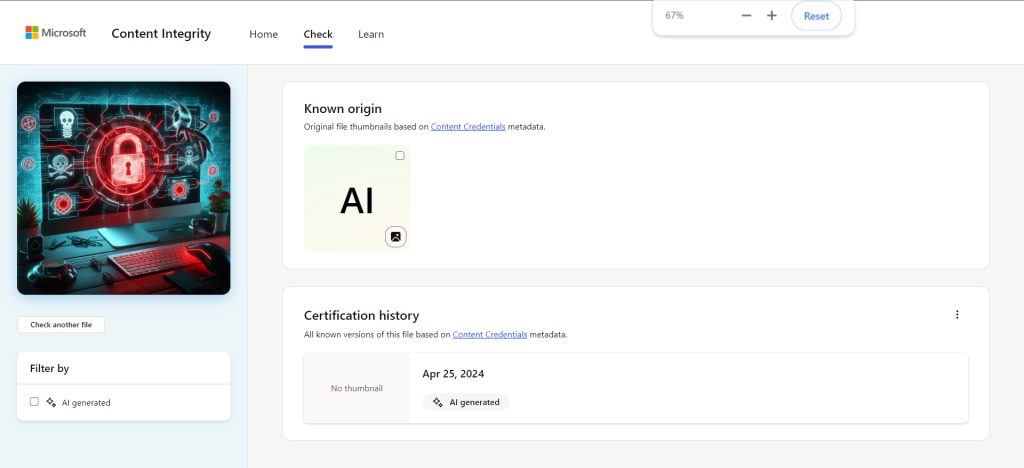

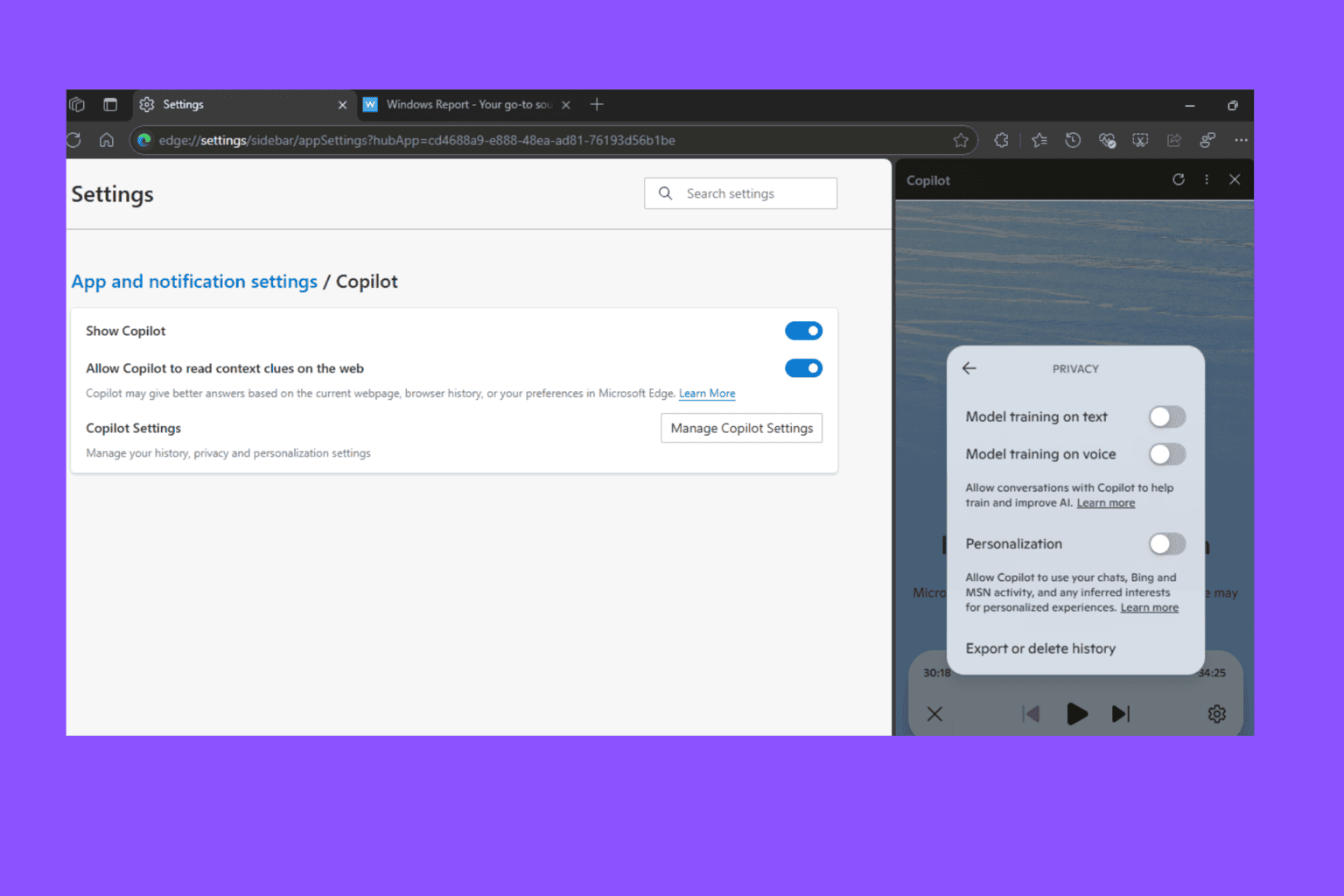

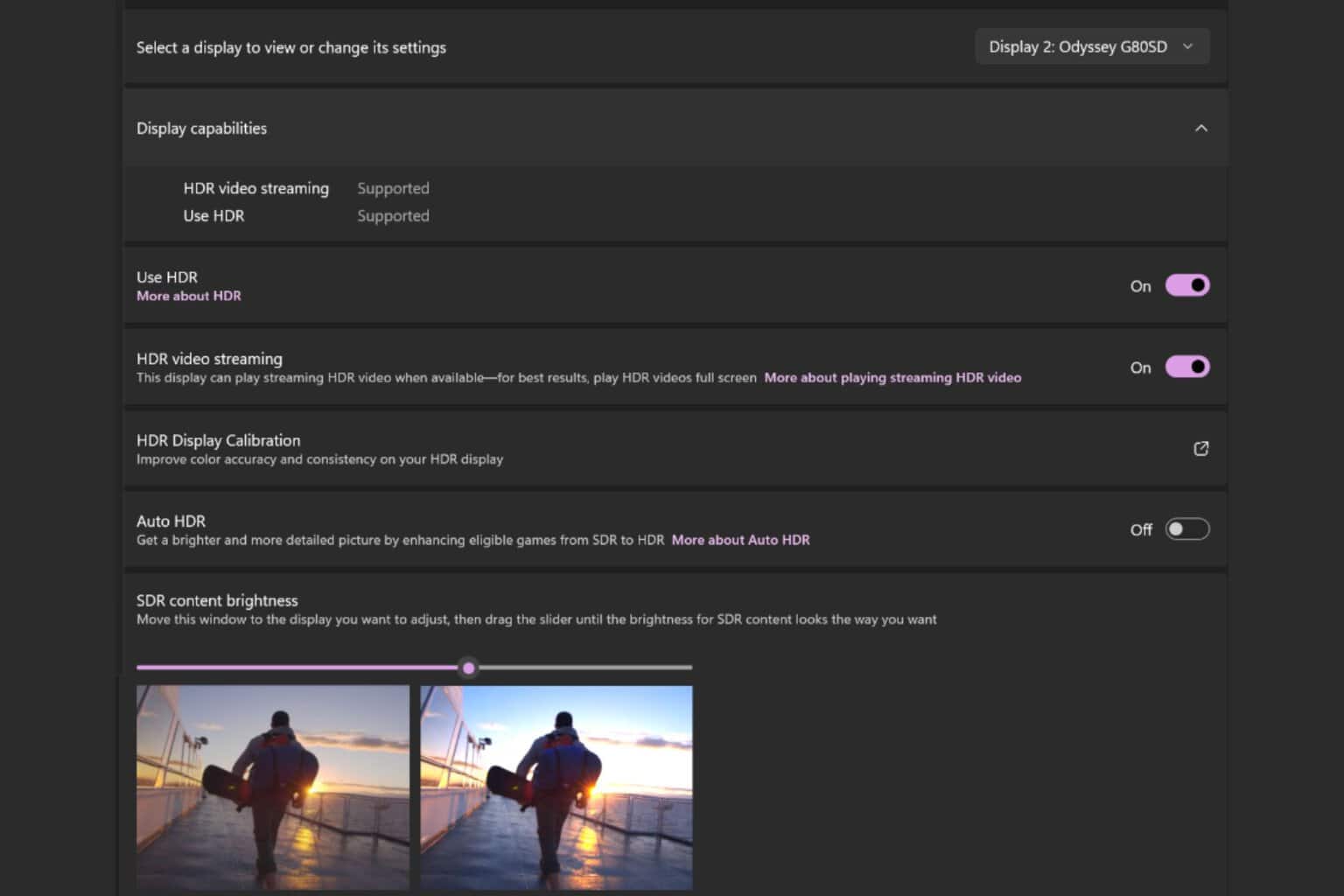
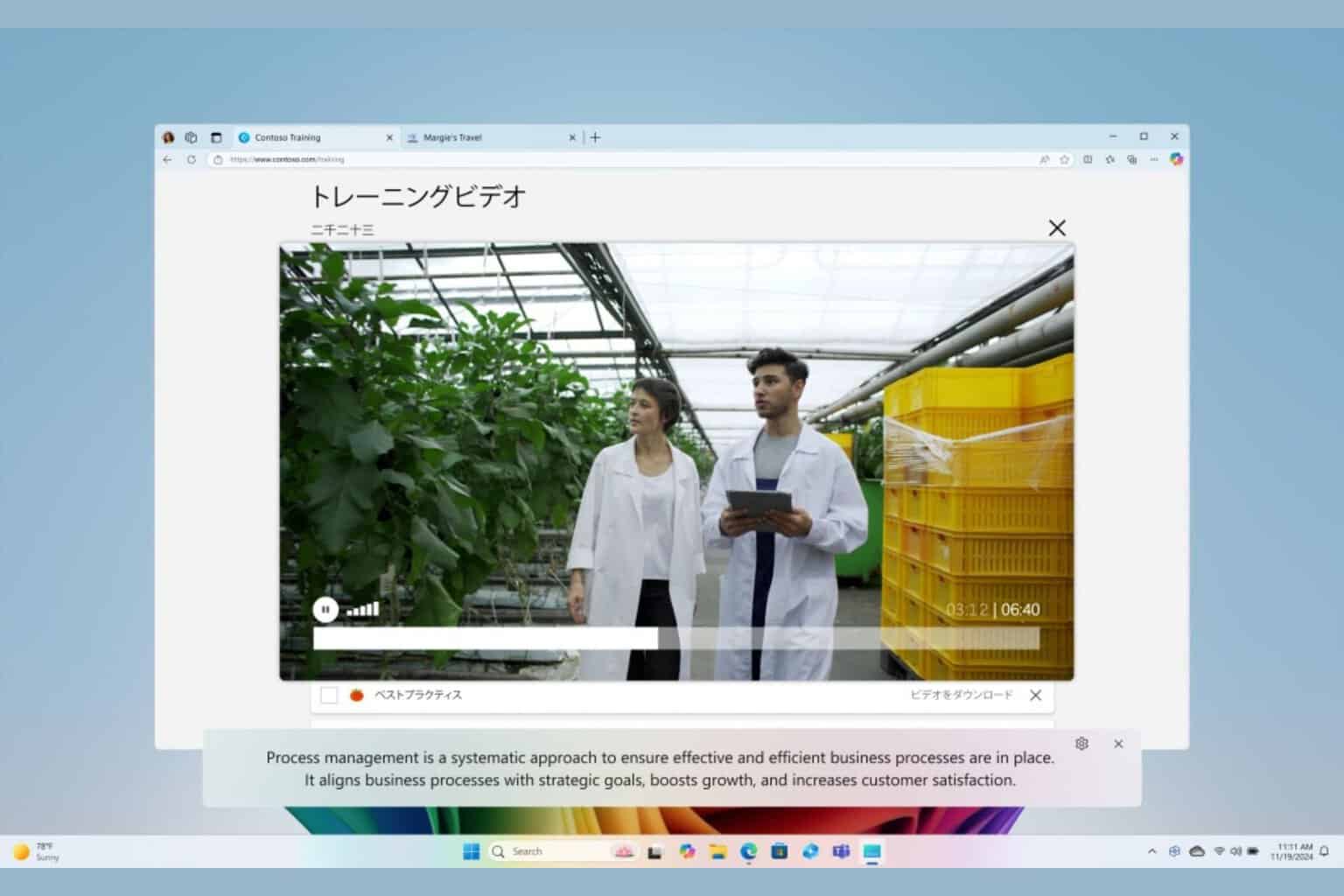
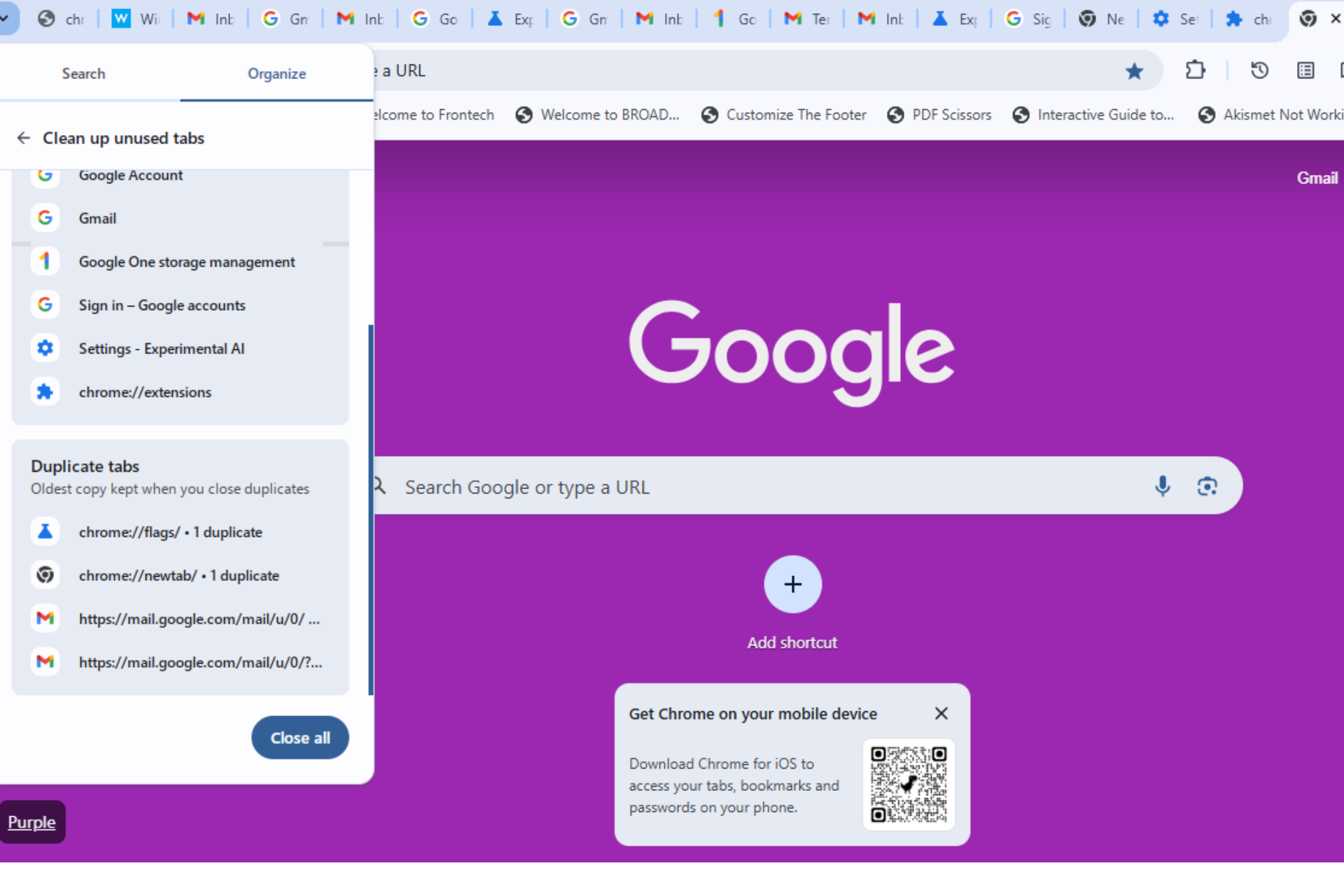
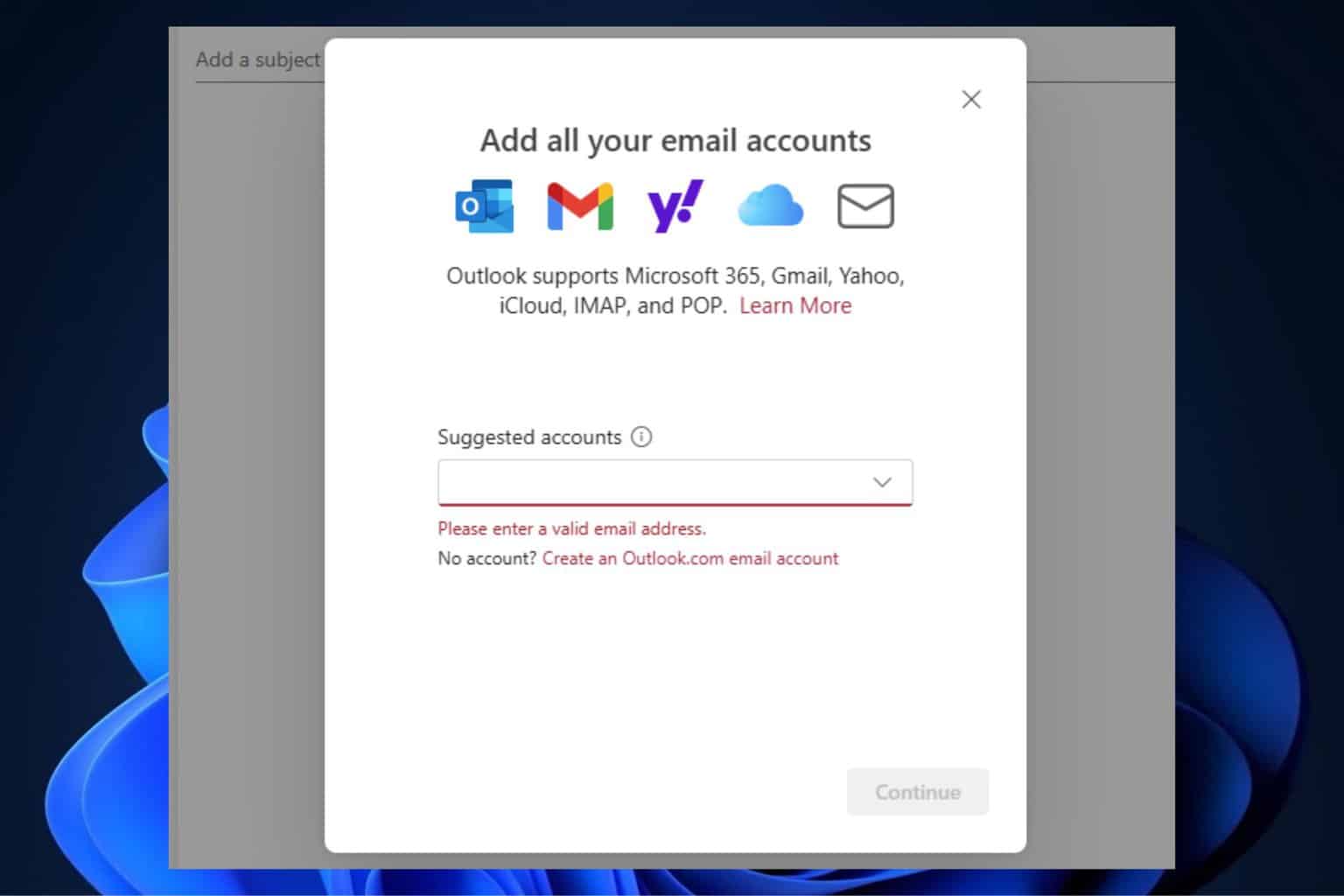
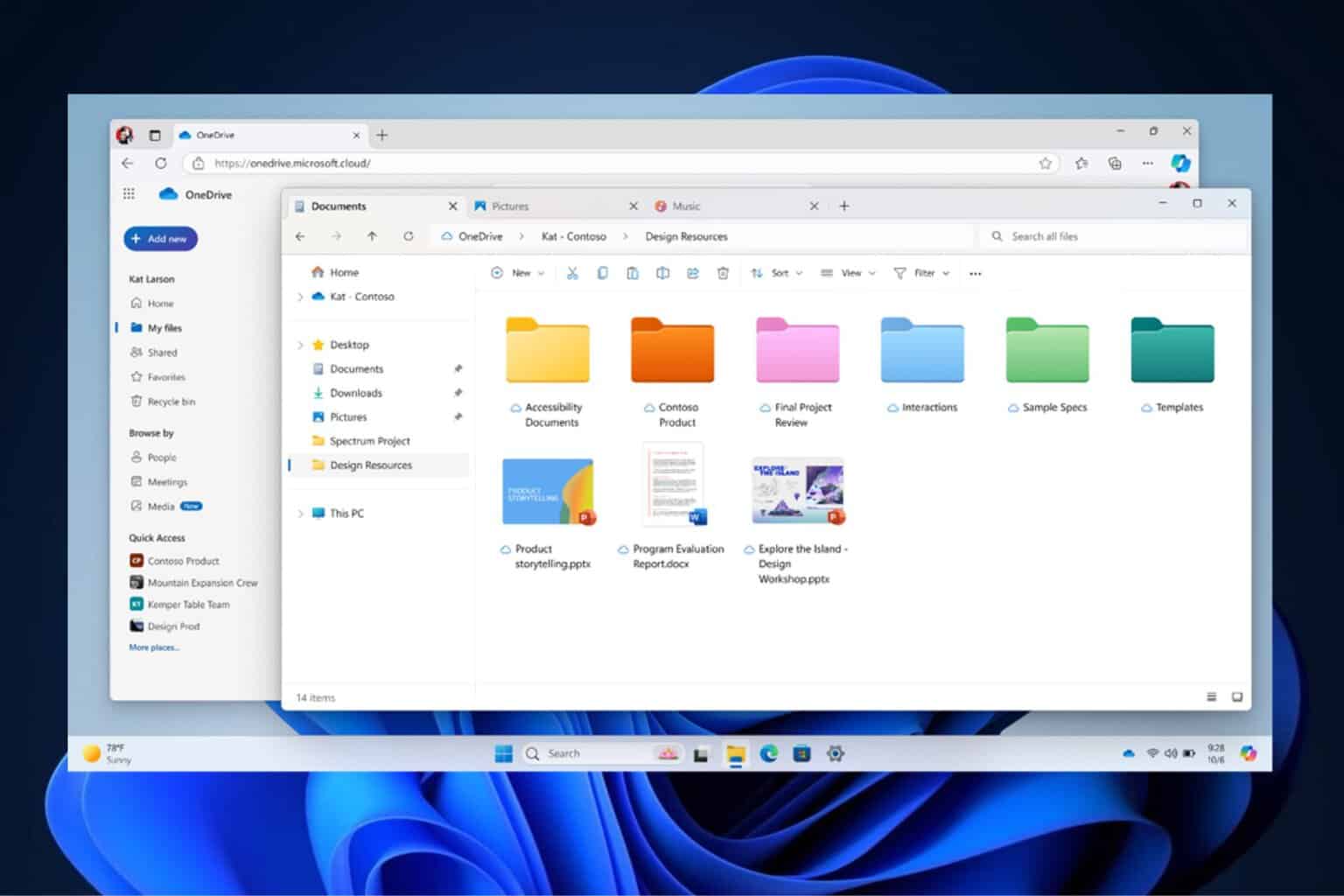
User forum
0 messages